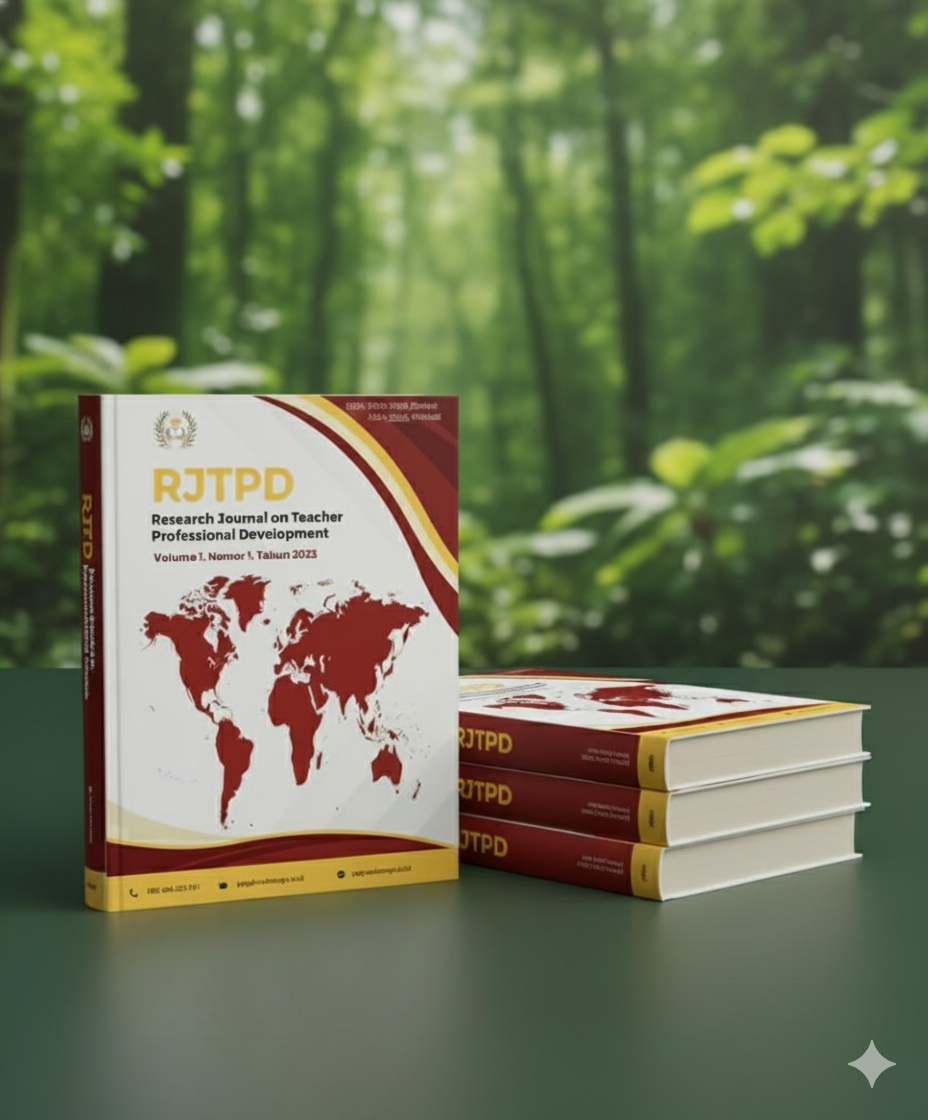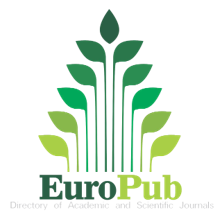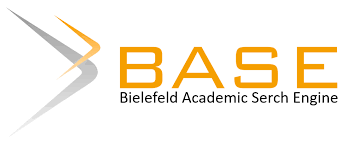The Effectiveness of Multimedia-Based Storytelling Methods in Improving Elementary School Students' Understanding of Islamic History
DOI:
https://doi.org/10.21580/rjtpd.v3i02.24887Abstract
The low understanding of students on religious history materials, especially the story of the migration of the Prophet Muhammad to Medina, encourages the need for innovation in learning strategies that are able to attract interest and increase student involvement. This study aims to analyze the improvement of the learning ability of grade IV students of SD Negeri 3 Kedungleper Bangsri, Jepara, through the application of multimedia-based storytelling learning methods to the material. The research uses a Classroom Action Research (PTK) approach with a two-cycle design, each including the stages of planning, implementation, observation, and reflection. The research subjects consist of 15 grade IV students in the 2024/2025 academic year. Data was collected through formative tests, observation of student activities, and documentation, then analyzed descriptively, qualitatively, and quantitatively to measure improvement in understanding and participation. The results showed a significant improvement: the average formative test score rose from 76 in cycle I to 90 in cycle II, while the average score of student activity observation increased from 17.6 to 27.5. These findings prove that multimedia-based storytelling methods are effective in strengthening concept understanding while increasing students' emotional and cognitive involvement with Islamic history materials. This research makes an original contribution to the development of a religious learning approach that is contextual, interesting, and in accordance with the characteristics of elementary school-age students, and can be adapted to other religious history materials.
Downloads
References
Azzahra, R., Sholiha, A., & Sihabudin, S. (2022). Development of multimedia-based learning for access to the digital world in enhancing the understanding of religious concepts. ijit, 1(2), 66-74. https://doi.org/10.33650/ijit.v1i2.6330
Farouqi, N., Novelasari, N., Widdefrita, W., Sidiq, R., & Silaban, E. (2023). The "I love myself" program is aimed at improving the skills of kindergarten teachers in early childhood sexual education. Scientific Journal of Human and Health, 6(2), 273-280. https://doi.org/10.31850/makes.v6i2.2213
Kusdani, K. (2022). Islamic education and constructivist theory in religious strengthening. Creative Scientific Journal of Islamic Education, 11(1), 36-46. https://doi.org/10.46781/kreatifitas.v11i1.532
Kusumawati, D. and Rachmawati, Y. (2017). Optimizing storytelling through dual coding theory.. https://doi.org/10.2991/icece-16.2017.22
Li, Y., Su, H., Jing, Z., & Hang, Y. (2021). The impact of multimedia effect on art learning: eye movement evidence from traditional chinese pattern learning. International Journal of Art & Design Education, 40(2), 342-358. https://doi.org/10.1111/jade.12347
Luo, L. (2022). A study on the application of computer-aided dual-coding theory in english vocabulary teaching. Scientific Programming, 2022, 1-10. https://doi.org/10.1155/2022/5951844
Mashudi, M. and Hilman, C. (2024). Digital-based islamic religious education: a new orientation in enhancing student engagement and spiritual understanding. Global, 2(10), 2488-2501. https://doi.org/10.59613/global.v2i10.342
Maya, L., Sumarni, S., & Suseno, M. (2022). Digital storytelling to support young learners' english vocabulary development. Linguistics Scientia Journal of Languages, 14(1), 145-163. https://doi.org/10.21274/ls.2022.14.1.145-163
Paivio, A. (2010). Dual coding theory and the mental lexicon. The Mental Lexicon, 5(2), 205-230. https://doi.org/10.1075/ml.5.2.04pai
Rossiter, M. and Garcia, P. (2010). Digital storytelling: a new player on the narrative field. New Directions for Adult and Continuing Education, 2010(126), 37-48. https://doi.org/10.1002/ace.370
Scott, F. and Suranto, B. (2023). Design of an android-based Islamic religious education learning application at the elementary level. Journal of Informatics and Electronic Engineering, 6(2), 220-227. https://doi.org/10.36595/jire.v6i2.985
Septiani, D., Tanto, O., & Kusuma, W. (2024). Improving problem-solving skills through portable sensory path media in children. JCARE, 11(2), 63-71. https://doi.org/10.25273/jcare.v11i2.19732
Ssentanda, M. and Andema, S. (2019). Reclaiming the space for storytelling in ugandan primary schools. Per Linguam, 35(3). https://doi.org/10.5785/35-3-873
Supriandi, S., Haddar, G., & Halim, C. (2024). The role of multimedia integration in teaching islamic religion and students' satisfaction with interactive learning in islamic boarding schools in indonesia. The Eastasouth Journal of Learning and Educations, 2(02), 119-131. https://doi.org/10.58812/esle.v2i02.300
Tuma, F. (2021). The use of educational technology for interactive teaching in lectures. Annals of Medicine and Surgery, 62, 231-235. https://doi.org/10.1016/j.amsu.2021.01.051
Wati, N., Wahyuni, A., Wulandari, P., Fikri, R., Hariandi, A., & Prishidayati, P. (2024). Local wisdom in learning Islamic religious education in elementary schools. Journal of Muara Education, 9(1), 150-155. https://doi.org/10.52060/mp.v9i1.1961
Yahya, H., Razali, A., & Baki, R. (2018). To tell or not to tell: exploring malaysian teachers' perceptions towards storytelling in english classrooms. International Journal of Academic Research in Progressive Education and Development, 7(4). https://doi.org/10.6007/ijarped/v7-i4/5020
Zulkhi, M., Yulistranti, A., & Damayanti, L. (2023). The effect of integrating kahoot media technology on the learning of Islamic religious education in elementary schools. Journal of Basic Education, 8(2), 253-261. https://doi.org/10.22437/gentala.v8i2.30625
Downloads
Published
Issue
Section
License
Copyright (c) 2025 Siti Zulaekhah

This work is licensed under a Creative Commons Attribution-NonCommercial-ShareAlike 4.0 International License.
The copyright of the received article shall be assigned to the journal as the publisher of the journal. The intended copyright includes the right to publish the article in various forms (including reprints). The journal maintains the publishing rights to the published articles. Authors are allowed to use their articles for any legal purposes deemed necessary without written permission from the journal with an acknowledgment of initial publication to this journal.
















